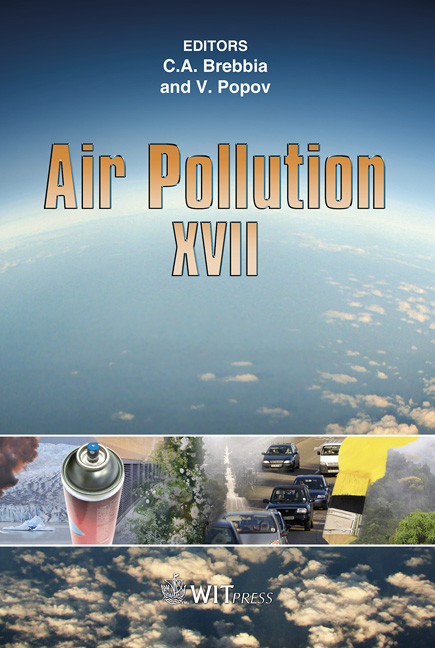The Importance Of Atmospheric Particle Monitoring In The Protection Of Cultural Heritage
Price
Free (open access)
Transaction
Volume
123
Pages
11
Page Range
259 - 269
Published
2009
Size
1,824 kb
Paper DOI
10.2495/AIR090241
Copyright
WIT Press
Author(s)
I. Ozga, N. Ghedini, A. Bonazza, L. Morselli & C. Sabbioni
Abstract
It is now well known that air pollution is responsible for the accelerated damage encountered on cultural heritage located outdoors. Although several works on atmospheric pollutants have been performed, studies of atmospheric pollutant monitoring close to monuments remain rare. In addition, the few cases reported in the literature mostly regard indoor environments. As the protection and conservation of monuments and historic buildings constitutes a priority for each country, knowledge of particle composition near monuments over time is an important issue in conservation strategies. For this reason, the atmosphere in proximity of the Florence Baptistery, located in the city centre, was continuously monitored during 2003 and 2004 by means of aerosol sampling performed close to two of the three doors of the monument. In particular, the monitoring was performed close to the North Door, realized by Lorenzo Ghiberti (1403-1424), currently utilized as the entrance to the monument, and the South Door, a masterpiece of Andrea Pisano (1330), employed as the exit for visitors. The sampling sites were characterized by different expositions to road traffic emissions. The non-carbonate carbon and soluble ionic components of the total suspended matter were measured. The data obtained is presented and discussed with the goal of contributing to the formulation of guidelines for a suitable safeguard of the built cultural heritage. Keywords: monitoring, urban pollutants, non-carbonate carbon, ions, conservation, cultural heritage.
Keywords
monitoring, urban pollutants, non-carbonate carbon, ions, conservation, cultural heritage





